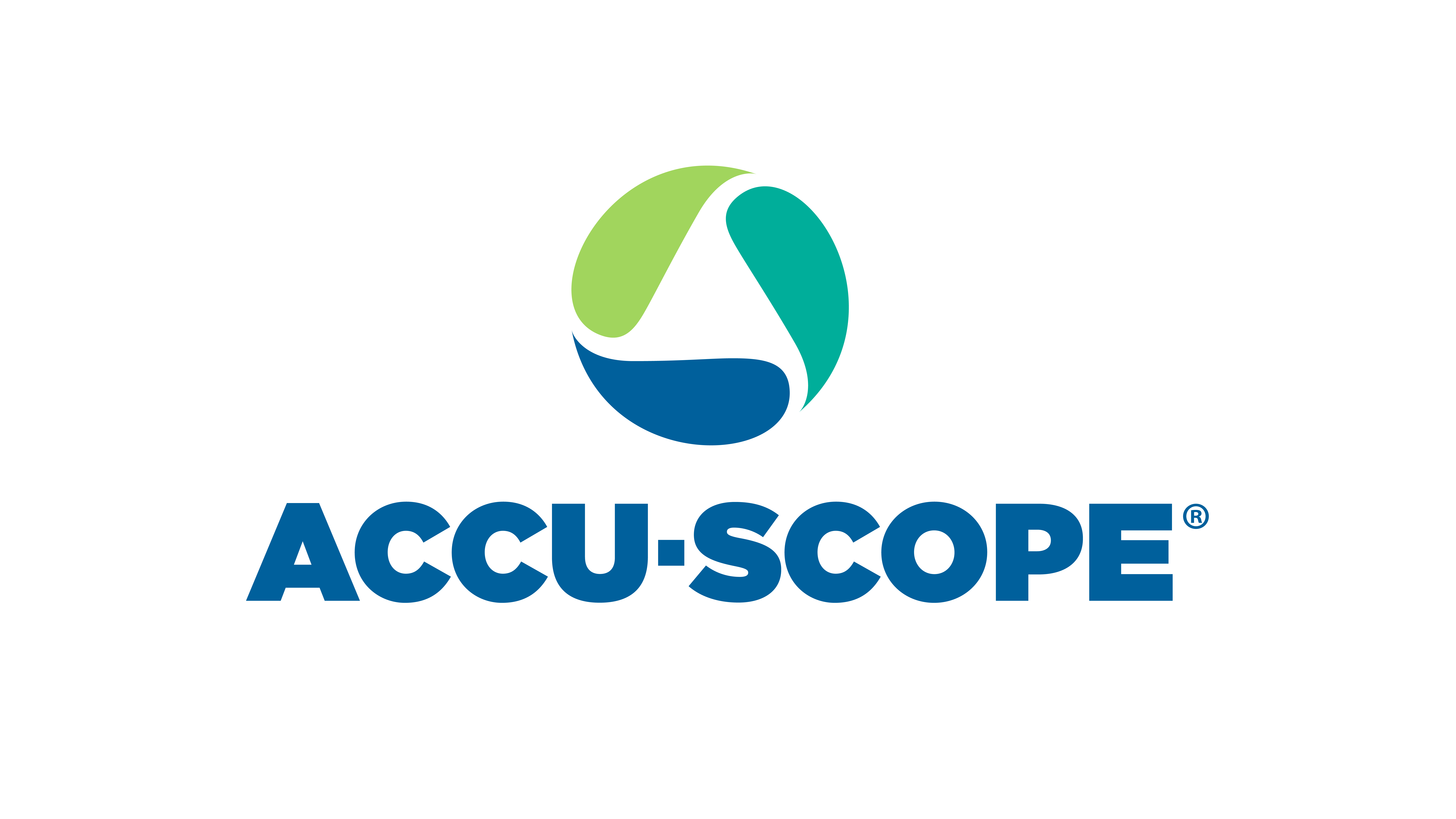Is Big Data Volume in Digital Pathology a Big Problem?
 Digital pathology comes with the promise of many advantages for the pathologists and fostering innovation in how pathology practices are transforming patient care. However, it will also contribute significantly to the healthcare data explosion within hospitals or pathology laboratories. To add a Whole Slide Imaging (WSI) scanner that can process 500 – 1000 slides a day would potentially add up to 1-2 terabytes of images a day.
Digital pathology comes with the promise of many advantages for the pathologists and fostering innovation in how pathology practices are transforming patient care. However, it will also contribute significantly to the healthcare data explosion within hospitals or pathology laboratories. To add a Whole Slide Imaging (WSI) scanner that can process 500 – 1000 slides a day would potentially add up to 1-2 terabytes of images a day.
So what is the best way for healthcare organizations to go store and analyze these huge volumes of digital images safely and cost effectively?
While setting up a dedicated storage system just for the pathology needs may seem the most straight forward option, it misses the opportunity to turn the data into an asset and leverage for future use.
EMC recommends a Healthcare Data Lake available for pathology and other clinical & non-clinical workflows. This centralized, scalable, shared approach eliminates infrastructure challenges associated with the other types of storage architectures such as storage ‘silos’ sprawl, limited scalability, administrative overhead, low utilization rate, transfer/copy time, and archive issues among others. By sharing the Healthcare Data Lake, it makes it easier to do analytics against all the data versus just one departmental or workflow’s data.
With many other technologies, you have to plan out from the beginning how large you think you will grow or how much performance you need. If you stay off with one configuration, over time as your organization changes and grows, your original expectations may no longer hold true. You may have to deal with some unexpected storage migration and performance degradation as you expand. EMC Isilon follows the ‘Lego concept’. In case more storage capacity or processing resources is needed a newly installed Isilon node’s storage capacity and processing power can be added within 60 seconds without downtime. No configuration changes are needed by the existing applications. It all happens seamlessly to the user. It can provide linear scalability from as small as 16 terabytes to 68 petabytes in a single storage volume. So adding unexpected additional WSI scanners or pathology workstations in the future as volumes increases does not require re-architecture of the storage infrastructure.
WSI data needs to be kept for many years. They don’t need to be stored on a high performance storage tier all the time. Within Isilon there is the concept of policy based storage tiering that allows moving of infrequently accessed or older images automatically off high performance storage nodes onto more capacity oriented nodes within the same Isilon cluster. The infrequently used WSI data is still accessible without any modifications or actions needed by the user or application. It is just on a more cost-effective storage tier that still can be accessed for future analysis and research.
To add, one repository containing pathology, other clinical and non-clinical data makes it also possible to apply analytics to the Data Lake and uncover new insights without having to set up a separate infrastructure and copy large volumes of data.
In summary, data volumes for a digital pathology laboratory can become big. Dedicated storage for each WSI scanner creates multiple storage silos, which increases storage management complexity, inhibits data sharing and collaboration, reduce utilization, and increases cost of data management. A Healthcare Data Lake based on EMC Isilon delivers the scalability, performance, utilization, data movement, data protection, accessibility, and lower capital and operating cost essential for digital pathology.
Source: EMC2




































